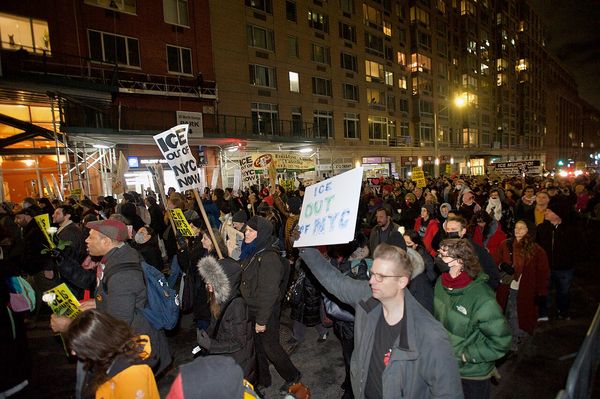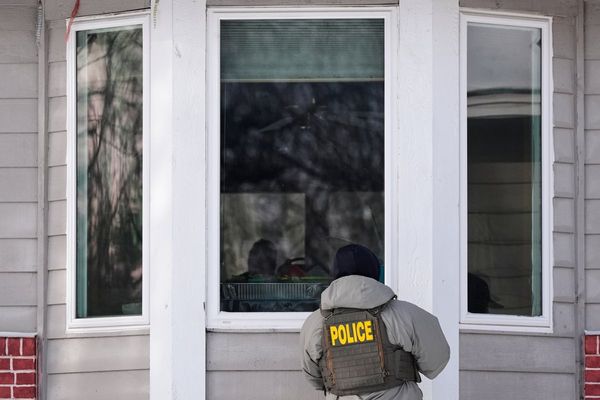
Researchers in Spain have opened the tomb of a 15th-century cleric and exhumed his bones in an attempt to test the theory that Christopher Columbus hailed from the north-western Spanish region of Galicia rather than the Republic of Genoa.
Although the explorer is generally believed to have been born in Italy in 1451, some argue he was in fact born in Spain – either in Galicia, Catalonia, Valencia, Mallorca or Guadalajara – while others have posited that he was actually Portuguese.
On Monday a team of conservators, archaeologists and forensic anthropologists working in the church of San Martín de Sobrán in the Galician town of Vilagarcía de Arousa opened the tomb of Johan Marinho de Soutomaior, a nobleman and archdeacon who, according to the Galician Columbus camp, may have been the navigator’s cousin.
DNA will be extracted from the seven bone fragments exhumed from the tomb and then compared with samples taken from Columbus’s remains and from those of his brother and his son. Researchers have also collected bone samples from another church in the area where other possible relatives of the explorer are thought to have been buried.
The Galician Columbus Association, which favours the theory that Columbus came from the region around the Pontevedra estuary, points out that the surname Colón (Spanish for Columbus) is well documented in the area. It has also been suggested that Columbus may have been the Galician knight Pedro Álvarez de Soutomaior, also known by the nickname Pedro Madruga (Peter the Early Riser).
“It looks like we’re closer to getting the DNA of a Soutomaior,” the president of the association, Eduardo Esteban Meruéndano, told La Voz de Galicia.
Columbus died in the Spanish city of Valladolid in Spain in 1506, but wanted to be buried on the island of Hispaniola, which is today shared by Haiti and the Dominican Republic. His remains were taken there in 1542, moved to Cuba in 1795, and then brought to Seville in 1898 when Spain lost Cuba after the Spanish-American war.
Although samples were collected from the Columbus remains between 2004 and 2005, researchers had to wait 16 years for the development of the technology needed for a proper analysis to determine the explorer’s true origins.
“There is no doubt on our part [about his Italian origin], but we can provide objective data that can … close a series of existing theories,” José Antonio Lorente, the lead scientist of the DNA study at the University of Granada, said last year.







